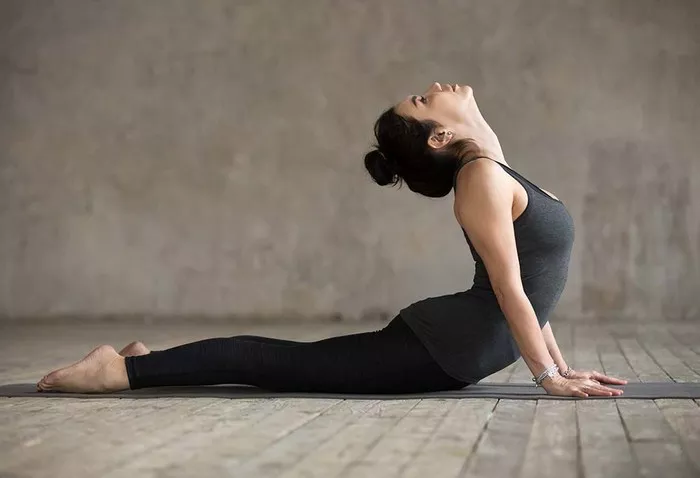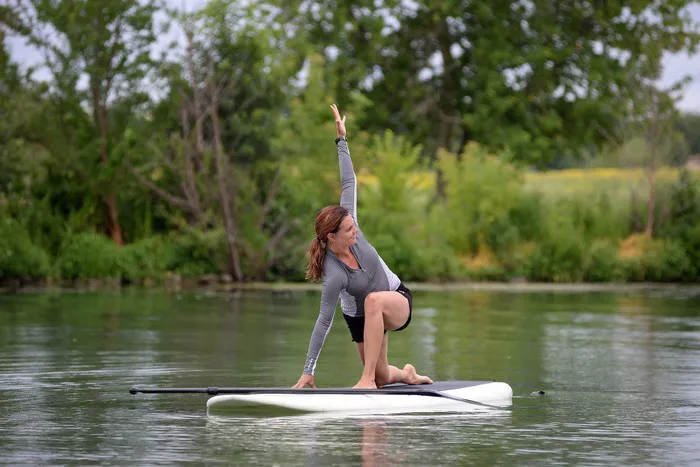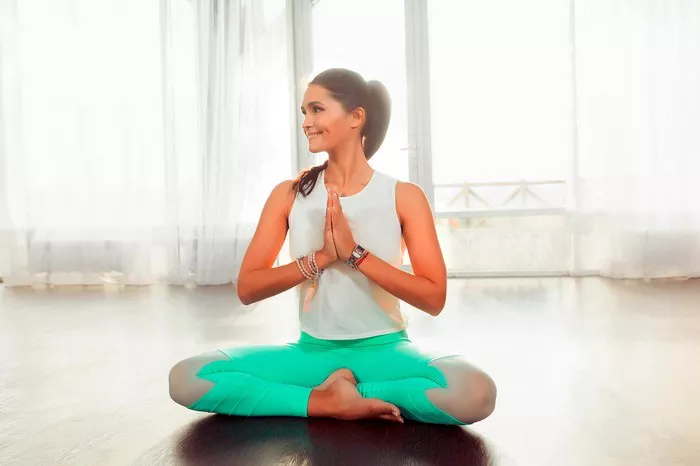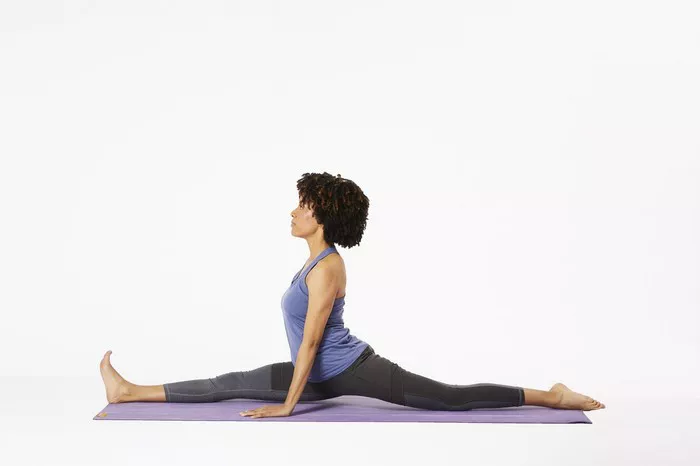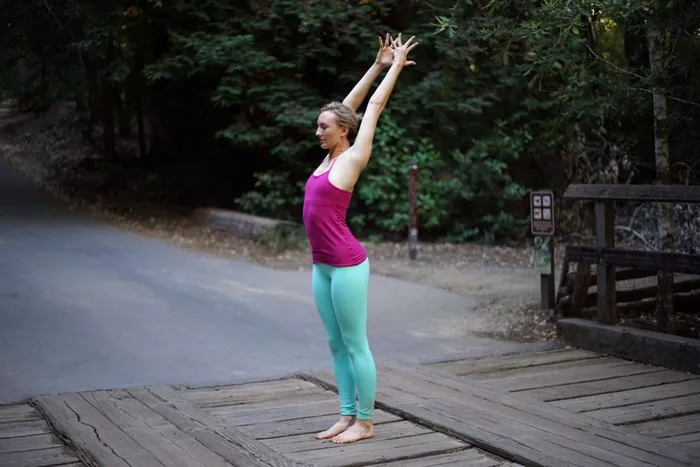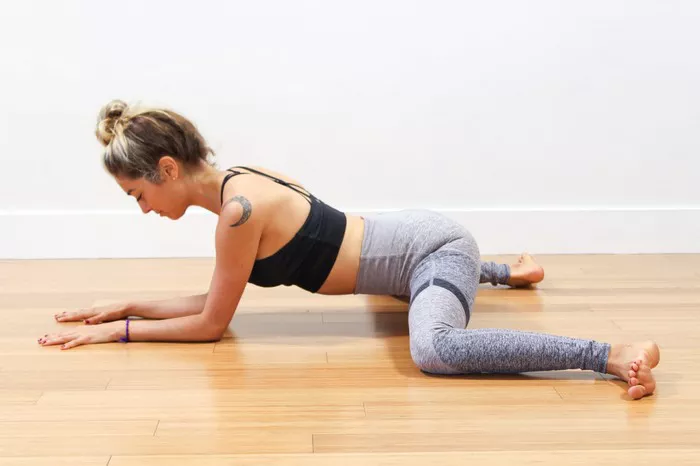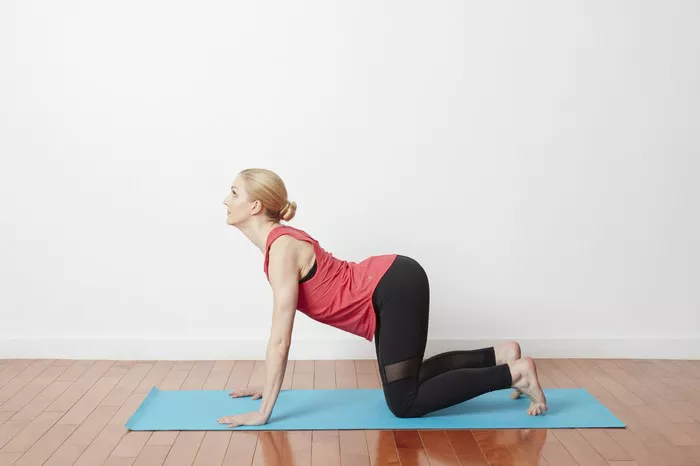Yoga, an ancient practice originating in India, encompasses a multitude of poses that not only enhance physical flexibility and strength but also delve into the realms of mental tranquility and spiritual awakening. Among these poses, the Snake Pose, also known as Bhujangasana in Sanskrit, stands out as a powerful posture symbolizing rejuvenation and transformation. In this comprehensive guide, we will delve into the origins and symbolism, physical and mental benefits, variations and modifications, step-by-step instructions, as well as precautions and contraindications associated with the Snake Pose.
Origins and Symbolism
Bhujangasana finds its roots in Hatha Yoga, one of the oldest forms of yoga practice, dating back to the 15th century. The term “Bhujangasana” is derived from two Sanskrit words: “Bhujanga,” meaning serpent or snake, and “Asana,” meaning posture or pose. The name itself signifies the serpent-like shape the body takes during the pose.
Symbolically, the snake holds profound significance in many cultures and spiritual traditions. In Hindu mythology, snakes are often associated with Kundalini energy, a dormant spiritual force believed to reside at the base of the spine. The Snake Pose, with its gentle backbend resembling a cobra with its hood raised, represents the awakening of this primal energy. It embodies the qualities of transformation, regeneration, and the shedding of old layers to reveal one’s true nature.
Physical and Mental Benefits
The Snake Pose offers a plethora of physical and mental benefits, making it a staple in many yoga practices:
1. Spinal Flexibility: Bhujangasana stretches the muscles of the spine, shoulders, and chest, promoting flexibility and alleviating stiffness.
2. Strengthens the Back: As the spine extends and the back muscles engage, the pose helps strengthen the muscles along the spine, reducing the risk of back pain and injury.
3. Opens the Heart Chakra: The gentle backbend of the Snake Pose stimulates the heart chakra, fostering feelings of love, compassion, and openness.
4. Improves Digestion: The compression of the abdomen in Bhujangasana massages the digestive organs, aiding in digestion and alleviating constipation.
5. Relieves Stress and Fatigue: The combination of deep breathing and the gentle backbend in the pose helps calm the mind, reduce stress, and uplift mood, leaving practitioners feeling refreshed and rejuvenated.
Variations and Modifications
While the traditional Snake Pose offers numerous benefits, variations and modifications cater to practitioners of all levels and accommodate individual needs and limitations:
1. Baby Cobra Pose: This variation is suitable for beginners or those with limited flexibility. Instead of lifting the chest and straightening the arms fully, practitioners keep their elbows bent and lightly lift the chest off the ground.
2. Sphinx Pose: In this variation, the forearms remain on the ground while the chest lifts, creating a gentler backbend. Sphinx Pose is ideal for those with wrist or shoulder issues or beginners building strength.
3. King Cobra Pose: Advanced practitioners can deepen the backbend by straightening the arms fully and lifting the chest even higher, resembling the posture of a king cobra poised to strike.
Step-by-Step Instructions
Follow these step-by-step instructions to practice Bhujangasana safely and effectively:
1. Preparation: Lie flat on your stomach with your legs together and the tops of your feet resting on the mat. Place your hands palms down under your shoulders, elbows close to your body.
2. Inhale: Press your palms into the mat and slowly begin to straighten your arms, lifting your chest and head off the ground. Keep your elbows slightly bent and shoulders away from your ears.
3. Engage: Firmly press the tops of your feet into the mat and engage your leg muscles. Lengthen your tailbone toward your heels to protect your lower back.
4. Open the Heart: Draw your shoulder blades together and down your back as you lift your chest upward. Imagine a string pulling your heart forward, opening the front of your body.
5. Breathe: Take slow, deep breaths as you hold the pose for 15-30 seconds, maintaining steady awareness of your breath and body.
6. Release: Exhale as you slowly lower your chest and head back to the mat, returning to the starting position.
Precautions and Contraindications
While the Snake Pose offers numerous benefits, it is essential to practice with caution and mindfulness, especially if you have any pre-existing medical conditions or injuries. Consider the following precautions and contraindications:
1. Back Injuries: Individuals with herniated discs, spinal injuries, or chronic back pain should approach Bhujangasana with caution. Opt for gentler variations or consult a healthcare professional before attempting the pose.
2. Pregnancy: Pregnant individuals should avoid deep backbends like the Snake Pose, especially in the later stages of pregnancy. Instead, practice modified poses or consult a prenatal yoga instructor for guidance.
3. Wrist or Shoulder Issues: If you have wrist or shoulder injuries, consider modifying the pose by placing your forearms on the ground in Sphinx Pose or opting for alternative backbending poses.
4. High Blood Pressure: Avoid practicing Bhujangasana if you have uncontrolled high blood pressure, as the pose can cause a sudden increase in blood pressure. Opt for more calming and grounding poses instead.
Conclusion
In conclusion, the Snake Pose, or Bhujangasana, holds profound significance in the realm of yoga practice, embodying the transformative power of the serpent and offering a multitude of physical, mental, and spiritual benefits. By understanding its origins and symbolism, exploring variations and modifications, and practicing with mindfulness and precaution, practitioners can unlock the serpentine wisdom within, fostering strength, flexibility, and inner awakening on their yoga journey.
FAQs:
What happens if you do cobra pose everyday?
Doing cobra pose daily can offer several benefits. It strengthens the spine, stretches the chest, shoulders, and abdomen, and can help improve posture. Additionally, it stimulates organs in the abdomen, potentially aiding digestion and alleviating constipation. However, overdoing it or holding the pose incorrectly may strain muscles or exacerbate existing back issues.
Is cobra pose bad for lower back?
Cobra pose isn’t inherently bad for the lower back if performed correctly. It can actually help alleviate minor back pain by strengthening the muscles along the spine. However, those with pre-existing back problems or herniated discs should exercise caution or consult a healthcare professional before practicing this pose.
Does cobra pose reduce belly fat?
While cobra pose can strengthen abdominal muscles, it’s not a direct solution for reducing belly fat. Spot reduction of fat is a myth; overall weight loss through a balanced diet and regular exercise is key to reducing belly fat. Cobra pose can be a part of a holistic fitness routine but shouldn’t be solely relied upon for reducing abdominal fat.

